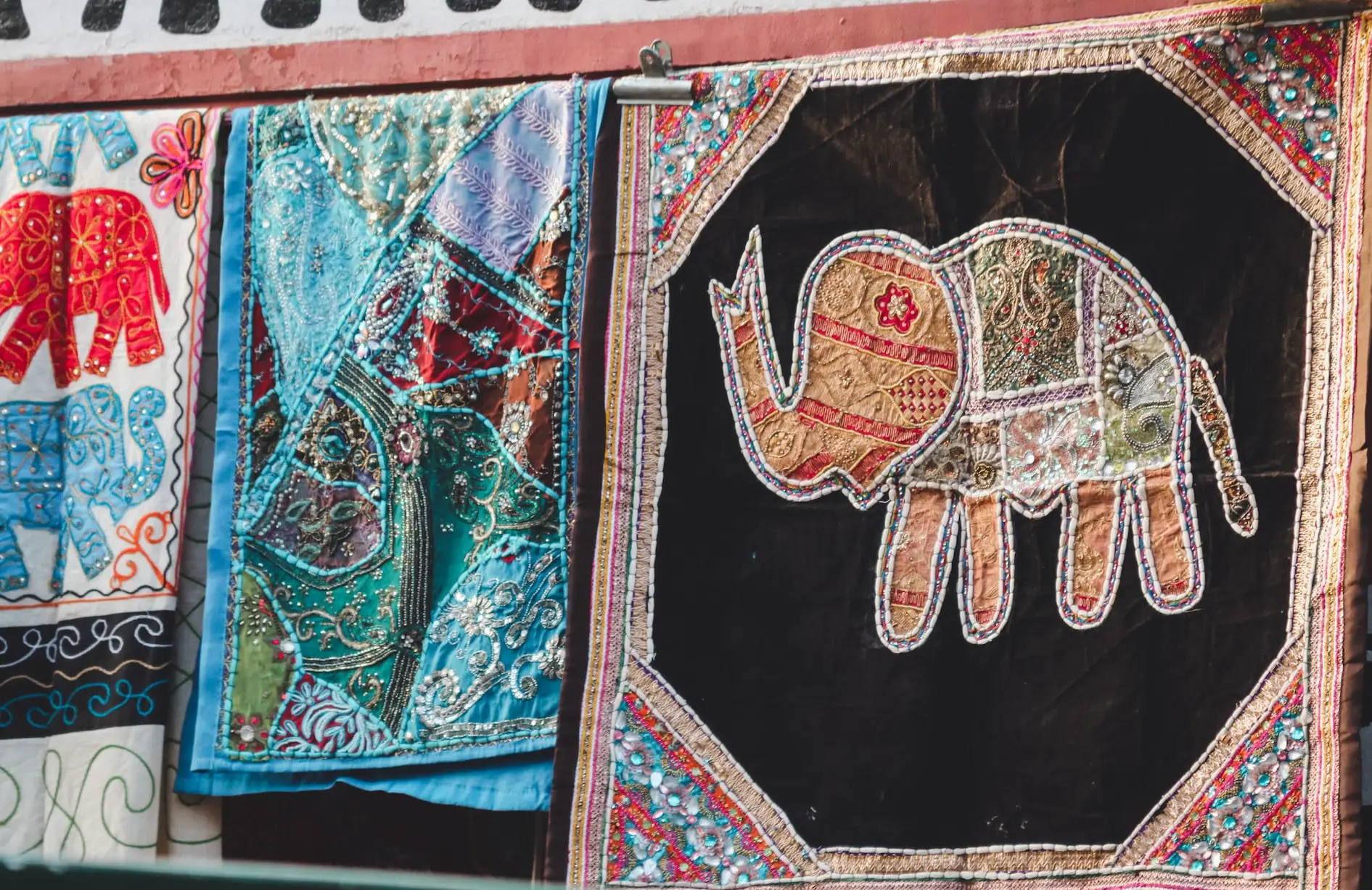Did you know that quilting is very easy to learn? Quilting is an artistic and educational hobby that anyone can accomplish regardless of skill level. It just requires a little patience and a lot of practice!
Before beginning any quilting, you need to have a plan in mind. You should follow the various techniques, types of materials, and rules when working on your piece. Let’s find out!
Is Quilting Hard?
Quilting is not complex. In fact, it’s pretty easy. In learning this skill, you’ll need to know how to handle patchwork linens and stitch layers together to do a project. It is one of the forms of a craft that uses a piece of fabric. To begin, one must acquire essential tools and materials such as fabric, batting, and needles.
Here are nine things you can expect in learning this skill, so tune in!
1. Stitching Layers
Quilting is the technique of sewing more than one layer of fabric to create a thicker, cushioned material.
Generally, quilting involves using three strands: the upper material or quilt top, batting or insulator fabric, and the backing component.
This method pulls the needles and threads through all sections by the quilter’s hand or sewing machine before being brought back up.
These knots are commonly used together with running, straight, or rocking stitches.
2. Quilting is Easy to Grasp
Learning to quilt is not hard.
You are off to a great start if you can sew by hand, produce straight stitches on a machine, and cut your materials straight.
Some quilts are simple to create, and some are complicated quilts, depending on your familiarity with the technique.
However, as it may seem intimidating to beginners, quilting is only hard for those unfamiliar with the numerous processes involved in producing a quilt and the stitching process in general.
3. Crafting Skills
There are many quilting techniques that a beginner should be familiar with, including:
- Tying a quilt
- Quilting by hand
- Machine-guided quilting
- Free-motion quilting
- Computer-guided quilting
- Using an embroidery hoop
Lubricating, spinning, replacing needles, changing length, and modifying tension are also necessary skills.
Second, quilters should also have a solid comprehension of terminology, acronyms, and sewing and cutting guidelines.
Third, to prevent distorting the quilt block, the quilters must ensure how to press—determining which way to press every seam is another element of this skill set.
Lastly, quilters must know the final stage, which is quilt binding!
4. Quilting Tools & Materials
Before you begin working on your quilt, you will need a few basic stitching and quilting materials. These resources and tools consist of the following:
- Fabric
- Batting
- Thread
- Rotary scissors and cutter
- Ruler for quilting
- Cut-out mat
- Clips and pins
You can set spending of $150 and purchase items from your local craft stores and online options like Amazon.
Every quilter needs to understand when to use a sewing machine.
Sewing machines are required unless you’re hand-quilting. Then, any sewing device that creates a straight stitch will suffice.
This is available for $299 from reputable manufacturers like Bernette 35 and Brother XR3774.
We recommend a machine that can correctly sew a quarter-inch seam.
Also, pay attention to the fabric. This is another sector where investing pays dividends. Spending on high-quality materials you’ll cherish for many years is a good investment.
When starting your first quilt project, a simple blanket pattern could charge $150 to $300, whereas a full-sized blanket project might range between $250 and $500.
5. Resources for Learning Quilting

Excellent ideas on where to look for training, how-to instructions, knowledge, and assistance are necessary. Online streams are free, while online classes vary from $1/60 mins.
- YouTube
- Quilt vlogs
- How-to manuals and instructions
- Online Education
- One-on-one classes
Some of the reliable online applications start from a $7.50 monthly subscription, while others you can get through free streaming:
- PreQuilt
- PatternJam
- AccuQuilt Go! Quilt
- MyWebQuilter
- Quilt Assistant
- Inkscape
Anyone can grasp the fundamentals of stitching a quilt. Still, ultimate mastery of these tools takes practice and planning!
6. Benefits of Quilting
Quilting has a lot of advantages.
One of the initial reactions from several quilters is stress release. Additionally, quilters frequently mentioned socialization and a feeling of success.
For some quilters, going to the shops with their quilting companions allows them to accumulate thoughts for future projects.
Quilters are eager to communicate their most current designs and concepts and take some inspiration from each other’s work.
Overall, the majority of quilters find pleasure in teaching others.
7. Quilting History
Back in the day, patched linens were typically used for bedding and were most frequently associated with quilting.
According to historical evidence, Ancient Chinese and Egyptians wore quilted clothing. Currently, it is used in the Middle East, Europe and
North Africa.
Quilting was a practice that people adopted in the Medieval Era to produce both warm and lightweight clothing.
Nowadays, quilts can be created using fabrics of diverse colors and patterns.
8. Creating an Income Source Using Your Quilting Skills
Many quilters today are doing it as a business idea. As a result, several quilters are deciding to launch their own enterprises.
You can control all activities by launching a quilting business. Quilters have reached a wide range of customers and produced a variety of revenue streams by marketing their products in a wide range of markets.
Unfortunately, when it comes to your quilt business, there is significant competition. So it would be best if you spent adequate time studying the industry and customer requirements.
9. Lifelong Learning Process
Learning is a lifetime process for several skilled quilters.
Some quilters will create their patterns in a sketchbook. Then, with colored pencils in handy, they’ll design some attractive patterns.
Quilters suggest practicing with smaller quilts. Then, you will be able to create more exciting designs and huge-scale quilts as you become more competent with the simpler quilts.
If you’ve been quilting for a while now, you could be able to finish your first improvised quilt in a single day.
To learn more, you can also see our posts on Knitting, Sewing and Crocheting.
Conclusion
Like many things in life, quilting is simple. Acquire some materials, put them together, and you’ll have a quilt top.
Quilting is a worthwhile and productive hobby that you can work into your free time, but it’s not something you can pick up in a day or two.
Be patient as you learn; there might be some bumps along the way, but with enough practice, you will undoubtedly start to see results!

